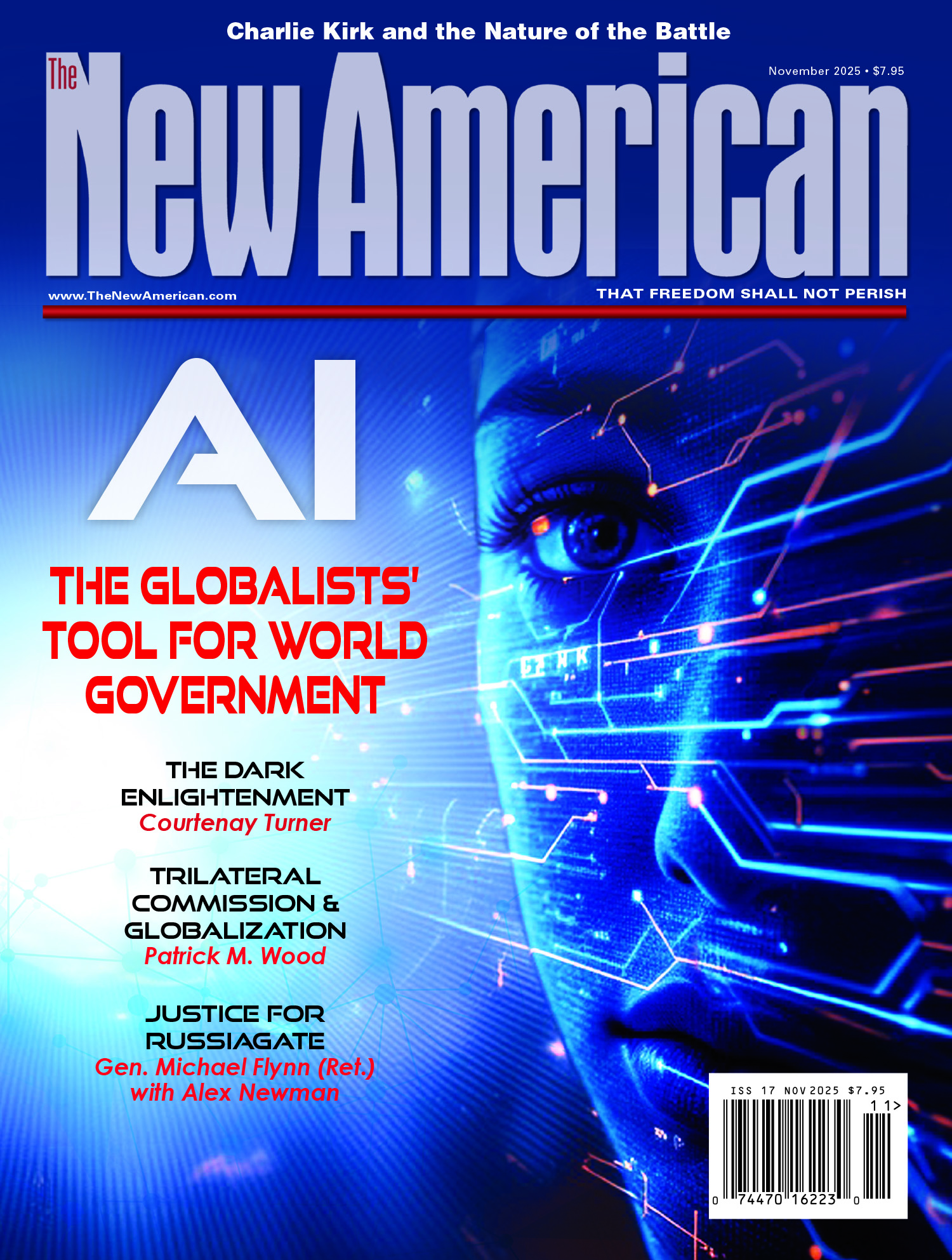That’s more than just an anecdotal observation; the proof is in the statistics.
According to Amtrak, 78,000 passengers travel on their network daily. Considering we are a nation of approximately 307 million people that means only 0.025 percent of our population frequents the system. That woefully small number, combined with similar numbers from other public and private rail companies, puts the United States in last place among 32 nations that accumulate 5 billion or more passenger kilometers per year. The leader of that pack, Switzerland, sees its average citizen amass 2,422 km/year while commuting via train. The average American travels just 80 km/year by rail.
Even though such observational and statistical evidence shows that Americans are disinterested in rail travel, the federal government (and then, in turn, state governments who benefit from federal largesse) insist that we are interested. Truthfully, if the demand for commuter rail did exist in the second half of the 20th century and was a possibility for the first half of the 21st century, we would have seen a huge investment by the private sector in the development of both light rail and high-speed rail. But intelligent capitalists know a loser when they see one and will not enter into a business destined for failure.
Government, though, doesn’t understand basic economics — or possess fiscal common sense — and chooses ventures that no one will touch. The government-owned Amtrak has long operated in the red. Last year’s losses were once deemed unfathomable at $419.9 million. They will be topped again for the fiscal year that will end in September when losses are estimated to hit $506 million. Next year’s losses are projected to be $616 million. These ever-growing losses are occurring even while ridership is increasing. This year’s usage is expected to surpass the record of 28.7 million passengers set last year. This shows that the business model — and more likely the market itself — is completely unsalvageable.
The only reason that Amtrak stays alive is subsidies by taxpayers. Since the start of the 2000s, the United States has dedicated more than $1 billion per year to the broken system, and matters were only made worse by the Rail Safety Improvement Act signed into law in 2008 which guarantees annual funding of $2.6 billion through 2013, more than covering Amtrak’s losses.
Despite the glaring weaknesses of commuter rail (and the federal government’s business acumen), Washington is insistent on spending even more of our money on its ethereal demand. Thinking the concept of high speed rail is the silver bullet that will win over the masses when it comes to the continued socialization of our means of travel, the White House announced in February that it will be “investing” $53 billion over the next six years to build such an inter-city network. That money will be used almost entirely by government entities, state-run operations, and Amtrak alike.
The Obama administration’s biggest argument is that high-speed rail will be accessible to 80 percent of the population, thus giving them access to jobs and economic development. That is a stretch. One cannot assume that everything will work out just right so that millions of workers can commute from city to city daily and have an easy means to get to their jobs, let alone to the train station from their homes. That thinking may have worked back in the 1800s or early 1900s when development was centralized in the heart of the big cities. But now it won’t, because residential development and the jobs are much more widespread. In most of the United States, the best and most numerous employment opportunities for the average person are no longer to be had in the hearts of metropolises. The city limits and the suburbs are where it’s at; centralization is mostly a thing of the past. So, unless the trains can travel and stop at numerous locations around cities and in suburbia (which they won’t), they won’t be the job creators and commuter timesavers the government thinks they will.
Basically, as with the current Amtrak system, there won’t be the user demand to warrant the existence of the enterprise.
So, why spend the money? It comes down to a sense of control. The federal message about high-speed rail consistently touts vehicular congestion to and in our biggest metroplexes as well as the environmental impact of the cars as the main reasons why the people should get on board with the concept. Any or both of those reasons are the same the government cites in the need to centralize development, subsidize the purchase of electric cars (and their limited ability to reach great distances), and invest in alternative energy. In all cases, it is hoped the automobile can be taken away from more Americans. That’s because cars, trucks, and SUVs are a threat to the government — they perfectly embody liberty. With them, we have the freedom to freely move about the nation, to visit whom we want, vacation where we want, buy what and from whom we want, work where we want, and live where we want. With more people dependent on public transportation, they will be unable to experience all that life has to offer and all the potential that liberty gives us. Their experiences will be limited to only those narrow corridors where public transportation can take them. It is the federal government’s ultimate goal that our ability to move is directly tied to it, just as has been done with our citizens’ approach to retirement and healthcare where a majority of Americans have been indoctrinated to a reliance on Social Security, Medicare, Medicaid, and more.
Luckily, though, this master plan is set to blow up in Washington’s face. Most Americans won’t go down this path of dependence. We don’t want to; we prefer to control our own destiny and day-to-day travels. Amtrak’s failures have showed that in spades.
Even so, high-speed rail will still leave an indelible mark on our country. We’ll be spending billions we don’t have, not just over this six-year project, but for years to come. It’s another piece of the puzzle that is America’s fiscal train wreck, one that — in combination with all of our other overspending woes — could easily derail our once proud and powerful nation.




